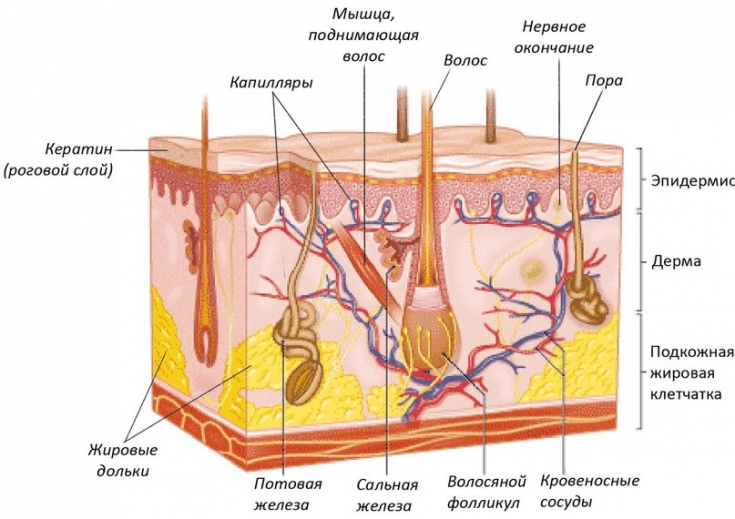Alopecia – partial or complete absence of hair in the head or torso. This phenomenon is widespread among the population and represents a significant aesthetic problem. Today, there are a large number of different approaches to the treatment of alopecia (mesotherapy, plasmolifting of the scalp, the use of medications), but only hair transplantation is a method whose effectiveness has been proven. Follicular unit transplant operations have repeatedly shown amazing results.
However, the only source of materials used in hair transplantation are donor follicles. At the same time, many methods of obtaining a donor flap are accompanied by follicular trauma. Therefore, a logical question arises for transplant surgeons: can hair regenerate after follicle transection? Read the answer to it on estet-portal.com and in this article.
What is the aim of modern methods of obtaining donor flaps
The ambiguity of the question of how dangerous the intersection of hair follicles dates back to the time of the first methods of hair transplantation.
None of the modern methods of obtaining a donor flap guarantees the complete absence of damage to the follicles.
But if some technologies for obtaining flaps are aimed at reducing traumatism of the follicles (microscopic preparation), then others, such as the technology for automatic preparation of grafts, aim to reduce the risk of dehydration and anoxia of donor tissues due to a reduction in the duration of the operation, but at the expense of significant follicular trauma. Is it justified?
Follow us on Telegram
An important point of hair transplantation: how does the follicle regenerate
One of the main arguments of surgeons who prefer to use the technique of automatic graft preparation is the ability of hair to regenerate after transection of follicles. And this is not a delusion: stem cells, which serve as a source of follicle development, are located in the zone of the convex part of the outer root sheath – attachment points of the muscle that raises the hair. This means that the hair can grow after the follicle has been cut, as the follicle is renewed from the stem cells.
There is even an opinion that as a result of the horizontal intersection of one follicle, two viable grafts should be obtained: from the upper and lower half of the follicle, respectively. But this does NOT take into account how much time is required for the regeneration of the integral structure of the follicle, which will be able to fully produce hair in the future. And whether he can at all.

Why the risk of cutting follicles during a hair transplant is not justified
The misconception that follicle traumatism does not pose a potential threat to subsequent hair regeneration was refuted by a study conducted in Georgia fifteen years ago. Unfortunately, his results were not widely publicized, but their validity leaves no doubt due to the high level of the experiment and the evidence of the results obtained: the number of follicular associations studied varied from 1880 to 2540. At the same time, the survival of grafts obtained from halves of the transected follicle was compared, and from intact follicles.
The results were as follows:
1. The survival rate of grafts consisting of the upper and lower half of the follicle was only 20.5% and 14.5%, respectively;
2. The survival rate of grafts consisting of intact follicles was 96%.
Thus, this study demonstrated that the high risk of follicle transection during automatic grafting technology is unjustified. The low survival rate of grafts is associated with the activation of the apoptosis process and the subsequent death of follicles after their intersection. Therefore, the volume of hair regeneration after transection of follicles – very low.
Follicle transsection is the most dangerous damaging factor during hair transplantation.
Today, the safest technique for preparing grafts is the technology of microscopic preparation of follicles, which makes it possible to minimize the risk of their intersection.
Thank you for staying with estet-portal.com. Read other interesting articles in the "Trichology" section. You might also be interested in: Alopecia areata: treatment and prospects for new research
You might also be interested in:







Add a comment